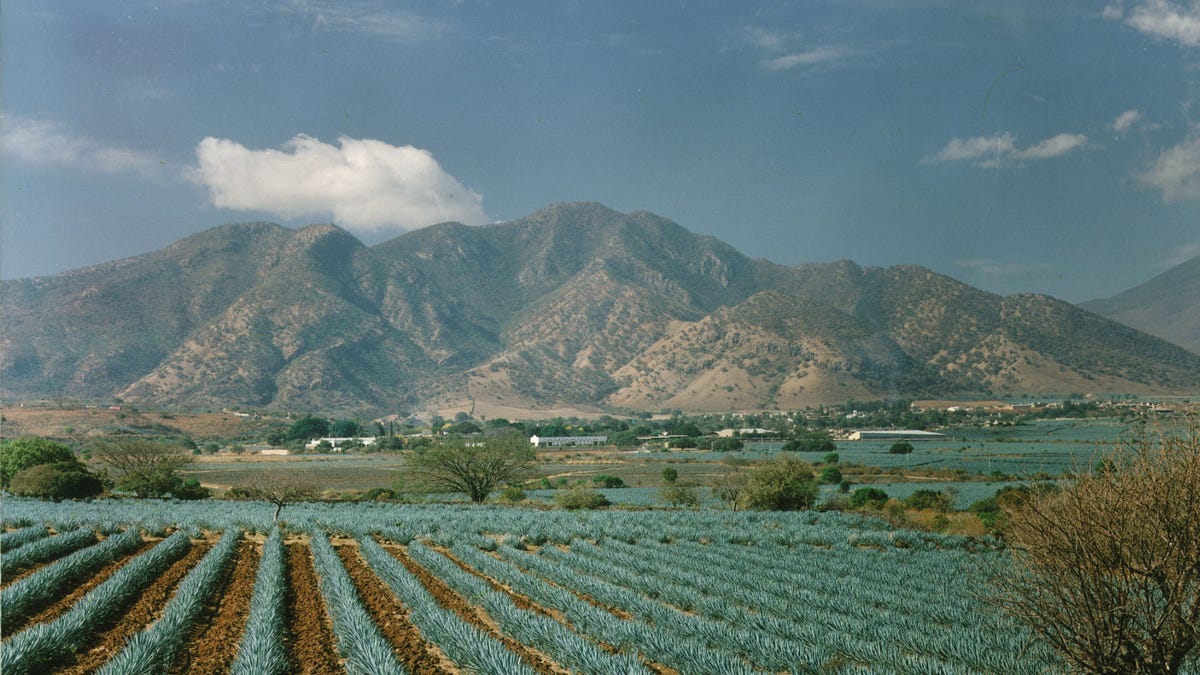
Two years ago, when Los Angeles businessman Alejandro Viecco visited the agave-fields surrounding the Mexican town of Tequila—where the eponymous liquor is made—he made a startling discovery. The process of making tequila, it turns out, can be as messy, smelly and disgusting as the aftermath of drinking too much of it.
“When you go to [the town of] Tequila, there’s this beautiful fresh spring water coming through the lava rock,” he says. “Then not that far away you have this waste that’s being dumped. It has hot alcohol content and it’s destroying everything in its path. If you looked at the creek, it was like running mud, and very pungent.”
This is tequila’s dirty little secret: For every liter of the liquor that distilleries produce, they throw away ten liters of hot, liquid waste (known as vinaza) and 5 to 6 kilograms of leftover, fibrous agave plant (bagasse). Government rules are supposed to govern the disposal of these leftovers, but an awful lot ends up dumped illegally. Enough that it’s created a major—and smelly—environmental problem in Jalisco, the Mexican state where all real tequila originates.
"The vinazas are acidic, they have an oil that makes the soil impermeable, and are hot when they are dumped. The acid is not recommended for agriculture; it should be neutralized. The oil makes the soil hard so it is useless for farming. And where the ground cracks, the vinaza filters into underground water sources," José Hernández, a researcher with the University of Guadalajara and member of the Mexican Academy of Sciences, told development-oriented wire service Tierramérica.
The situation has only gotten worse as tequila has become more popular—popular enough to become Mexico’s top export. Large producers, like Tequila Herradura and Sauza, have the resources to find ecologically sound ways to dispose of their waste. Herradura, for example, devotes over a dozen acres to turning the bagasse into environmentally-sound mulch, and last summer inaugurated a 4-million-dollar water management plant next to their distillery. The water that comes back out, brags global brand ambassador Ruben Aceves, “is so clean you could fish in it.”
But about 50 percent of tequila—and especially the boutique labels that have become so popular in hipster enclaves worldwide—come from small- to medium-sized producers. Their relatively shallower pockets can’t spring for expensive solutions, and they’ve been struggling with increasingly-tight government rules about, for example, how much and what kind of aloe pulp can be sent to landfills.
Solutions are in short supply—and there, Alejandro Viecco saw a business niche. He is now the Director of Operations for Greenhouse Soluciones, a company dedicated to finding a green solution to the tequila-waste problem. In early February, the company announced it had signed an $8-million contract with ten tequila makers. Under it, Greenhouse will remove and recycle 600 tons of solid agave waste a day, or 33% of the total in the area. The bagasse will be mixed with some vinaza, then turned into compost and resold to Mexican farmers. (Currently, Mexico buys most of its compost from abroad.)
It’s a good start—but with 146 tequila producers in Jalisco, according to Herradura’s Ruben Aceves, it’s clear there’s a ways to go.
Follow us on twitter.com/foxnewslatino
Like us at facebook.com/foxnewslatino
